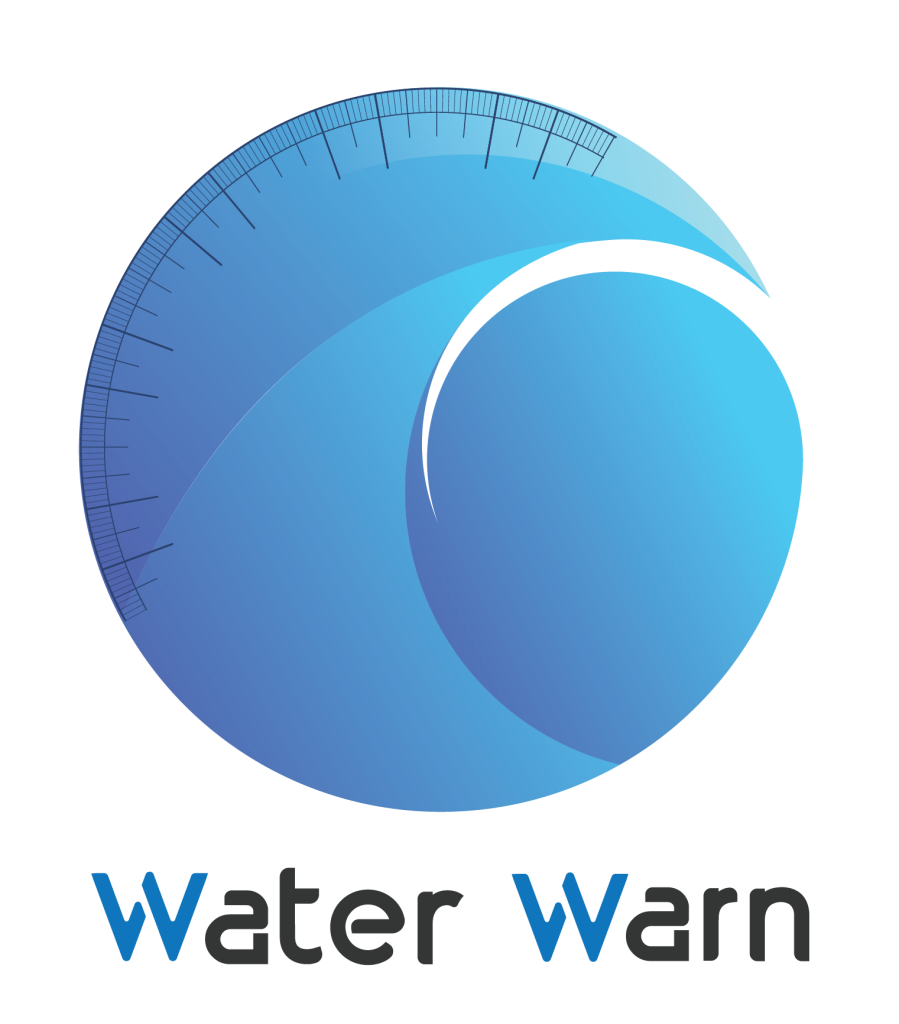The 21st century water challenge is not only about conservation but also systemic change. They note that sustainable infrastructure is critical for lasting solutions, to keep water supply and sanitation services delivered, monitored, and maintained. More and more, AI water management is becoming a part of urban planning and household systems, providing predictive insights and automated responses that help avoid waste and damage. Solutions like Water Warn demonstrate how these advances can materialize in practical tools that enable individuals to actively participate in systemic resilience. In this succinct-technical blog post, we share how scientific concepts feed university infrastructure sustainability, how artificial intelligence manages water, and what happens when the research rubber meets the proverbial road. By linking together sustainable infrastructure, AI water management, and practical tools like Water Warn, such a vision could see efficiency and resilience woven into the fabric of every layer of society.
Redefining Infrastructure for Water Sustainability
Traditional systems were elaborate and costly, but they were designed for capacity rather than efficiency, resulting in huge losses in aging pipes and old treatment plants. Sustainable infrastructure UI has come a long way, with the focus now more on durability, adaptability, and ecological fit (Journal of Environmental Engineering, 2023). Sustainability, researchers emphasize, is about designing systems that last longer, require fewer resources, and can better withstand climate variability. The future of AI water management, built into infrastructure, can easily reach these goals with the ability to identify inefficiencies on the fly. At the household level, Water Warn echoes these principles scientifically by providing advanced monitoring that is consistent with the principles of macro infrastructure. According to Ford’s researchers, in a study, they found that replacing traditional infrastructure with sustainable infrastructure can lower losses by up to 30%. Using an AI-based system, AI water management can predict the failure of water systems, thus reducing maintenance costs. The bottom line is that science shows that to make infrastructure sustainable, we need to combine engineering with intelligence. By incorporating Water Warn into this structure, households themselves become environmentally sustainable and disaster-resilient infrastructure.
Artificial Intelligence in Resource Optimization
In recent years, artificial intelligence has led to groundbreaking innovation in data analysis across numerous domains, and AI water management is no exception (Nature Water, 2024). Researchers are employing AI to forecast consumption patterns, detect leaks, and even model the effects of climate-related events on supply. Huge numbers of variables are being computed thanks to AI water management, focusing only on the places where water is most necessary. This predictive precision is critical for sustainable infrastructure as it alleviates undue pressure on systems. For instance, AI is helping to maximize irrigation programs that deliver billions of liters in water savings each year. Apps like Water Warn are using these same principles at the home scale, tapping data for predictive notices that prompt households to shut off waste. By coupling AI water management with sustainable infrastructure, communities and cities gain enhanced control at a lower price with higher resilience. Scientific studies prove that water management shifts from reactive to proactive due to AI usage, and AI is indeed the future of sustainability with smart systems such as Water Warn.
Economic and Environmental Benefits of Sustainability
Sustainable infrastructure is not only an ecological imperative but also an economic one. Studies indicate that the process of retrofitting less-efficient networks and treatment plants with sustainable alternatives can reduce operating costs by as much as 40% and also reduce carbon footprints significantly (Water Economics Journal, 2023). Adding AI water management increases these savings further by providing overall efficiencies throughout the process. Water Warn achieves this at the household scale, showing that sustainable solutions are practical today, not only as part of a city. According to research, households that outsmart AI water management tools save hundreds annually on bills, making the economic case for sustainability. Furthermore, sustainable infrastructure defers the construction of expensive additions and new reservoirs by reducing waste. The economic savings and environmental benefits clearly demonstrate that sustainability isn’t just a moral obligation, it simply makes good business sense. Research tools such as Water Warn turn science into tangible household and community benefits.
Behavioral Adaptation and Smart Engagement
Sustainable infrastructure investments are a matter of ecological rationality as well as economic sense. Studies indicate that replacing outdated pipelines and treatment plants with sustainable energy supply can reduce operating costs by 40%, with a significant reduction in carbon footprints (Water Economics Journal, 2023). AI water management adds to savings by ensuring the most is gained from the production process at every step. Water Warn shows, on a household scale, that sustainable systems are within reach of both individuals and cities when these principles are implemented. According to research, families who use AI water management solutions save hundreds of dollars per year on bills, making the economic argument for sustainability undeniable. What’s more, by cutting down on waste, sustainable infrastructure can also buy time for the large, expensive infrastructure works of more traditional filtration plants and new reservoirs. The economic savings versus ecological savings also show that sustainability is not just a moral decision; it is a financial decision too. Tools such as Water Warn turn research into measurable gains for households and communities.
Community and Global Implications
The success of sustainable infrastructure is amplified when adopted collectively across cities and nations. Research shows that coordinated infrastructure renewal combined with AI water management reduces urban water losses by up to 25% worldwide (World Bank, 2024). Communities gain resilience when predictive tools guide both municipal planning and household usage. Water Warn reflects these principles by offering accessibility at the individual level, proving that resilience begins at home. Scientific studies highlight that when households adopt AI water management in alignment with municipal strategies, collective savings multiply, creating stronger, more resilient societies. Sustainable infrastructure ensures durability and equity, while AI-driven insights guarantee precision. By embedding tools like Water Warn into this system, communities align with global sustainability goals. The combined application of engineering and intelligence ensures that water resilience becomes not only achievable but also scalable, from individual homes to entire regions.
Conclusion
Science shows that the future lies in the fusion of sustainable infrastructure with AI water management. Whether through engineering resilience into pipelines and treatment plants or by empowering individual users through household monitoring, these innovations prevent waste, save money, and preserve ecosystems. Water Warn is an example of this integration, where advanced science is brought closer to the common user. With predictive intelligence, infrastructure partners with households and communities in sustainability. Studies show that integrating sustainable infrastructure with AI water management produces tangible value for people and the planet. The water future is not about crisis response; it’s about resiliency. And with utilities using tools like Water Warn, communities can come into concert with science to save resources for generations. This incorporation turns sustainability into something more than mere rhetoric.

